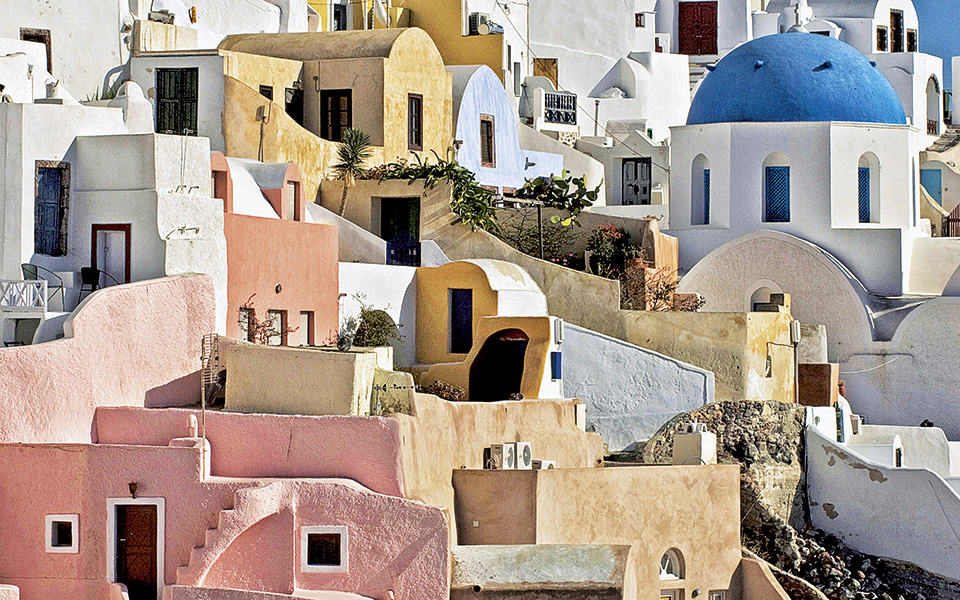The first time I visited Santorini about a decade ago, I was 21 and fresh from university. The world felt like an undrawn map to be filled in – and this island, one I’d fantasized about ever since seeing photographs of it in a travel magazine, was one of the stops I was looking forward to most.
The island did not disappoint. As I pulled into the island by ferry, it felt like I’d fallen into a fairytale: with all the terraced houses and domed churches perching on the 300-meter high cliffs of the famous caldera, shimmering pastel in the dusk light, Santorini promised the kind of beauty most of us only get to see on postcards.
Throughout the next few days, whether climbing through the black rocks around the volcanic crater at Nea Kameni or breathing in the incense of the Byzantine church in Oia, examining 3,600-year-old frescoes in the Museum of Prehistoric Thera or paddling through the volcanic hot springs at Palia Kameni, I kept thinking how lucky I was to be here. How extraordinary life could be.
“As I pulled into the island by ferry, it felt like I’d fallen into a fairytale.”
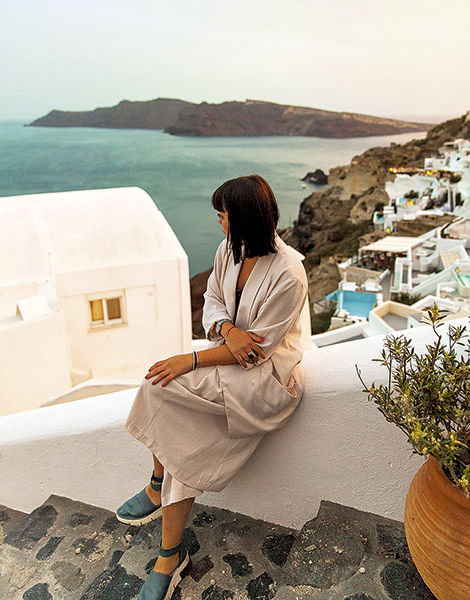
© Dimitris Vlaikos
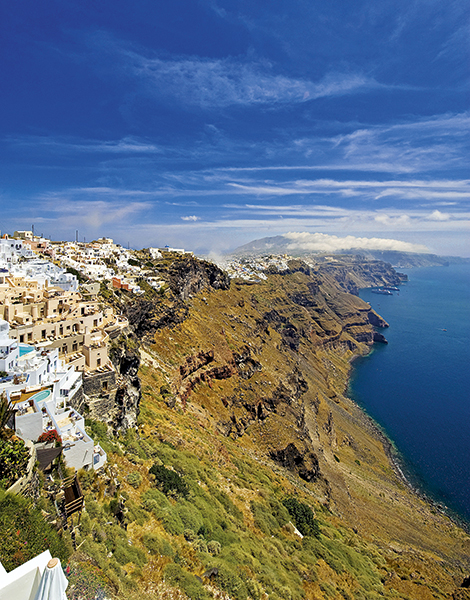
© Perikles Merakos
It wasn’t just me. The island is so striking, pinning down its reality is almost impossible: you can’t experience it and not make it something more than a place in your mind. Even as you’re hiking its steps, sipping its wines, chatting with locals, part of it still remains, indelibly, a dream. A fantasy. A myth.
No surprise that the legends entwined around the island are many: it’s said the island was given by Triton to the son of Poseidon and – more famously – that Santorini is the real Atlantis.
I visited the island again two years later. I’d crammed enough traveling into those 24 months to become vaguely jaded: now, Santorini seemed almost too perfect. A kind of theme park where everything, from the lushly coated cats that sat on impossibly pristine stoops to the world-famous sunsets that lit up the sky in orange and pink, seemed designed just for our consumption.
The beauty can almost be too intense. Craig Walzer, a native of Memphis, has been running Santorini’s only English-language bookstore – Atlantis Books, modeled after Shakespeare and Company in Paris – for 12 years. In that time, he’s watched a lot of people come and go. All of them, he said, share one thing in common: “Intelligent adults come here and turn into infants,” he told me. All the beauty proves too much to absorb, so they become distracted by each small piece of it – a cat or a church dome or a sunset – and flit from one to the next, camera in hand, as overwhelmed as children.
It can take a couple of trips to see past that beauty, to start to understand what really makes the island tick. And on my third visit – a trip taken alone – that’s what happened.
“Even as you’re hiking its steps, sipping its wines, chatting with locals, part of it still remains, indelibly, a dream.”
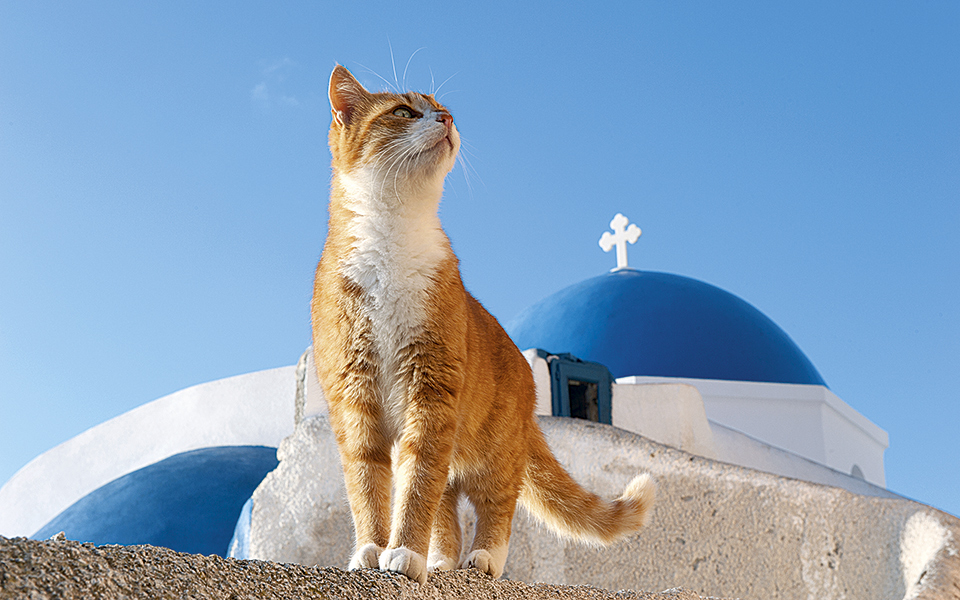
© Jelly Hadjidimitriou
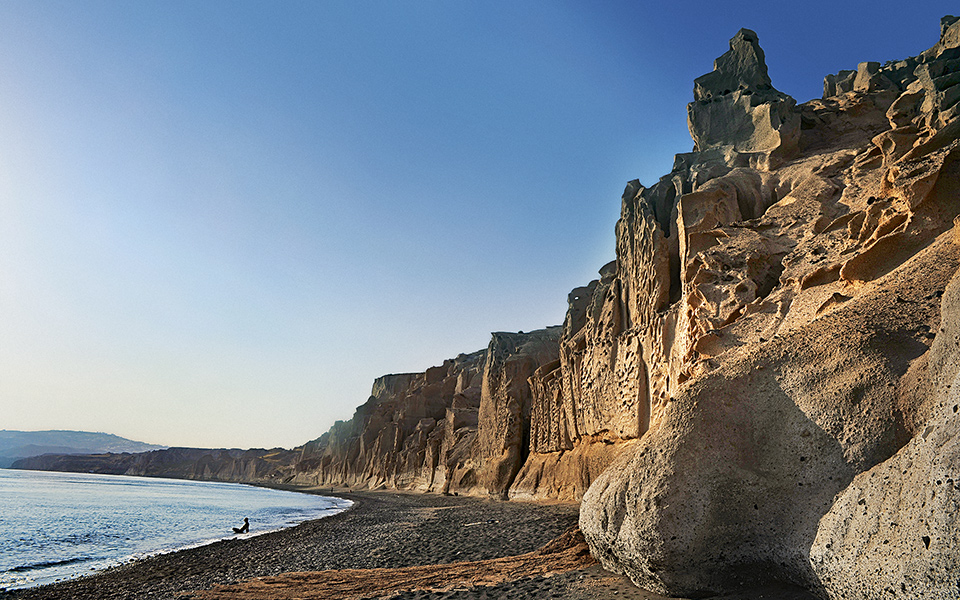
© Maro Kouri
For the first time in Santorini, I rented a car. Criss-crossing desolate hills and dramatic coastline, I saw the island in a way I hadn’t been able to before. Away from the Oia–Fira tourist circuit, I tasted crisp Assyrtiko wine while looking over a bright sea; I listened to the waves while nibbling on tzatziki and snapper at Amoudi Bay.
The more I saw, the more one thing became clear: Santorini’s beauty was far more than what you saw on the surface. It was in the island’s sounds, tastes, history and people.
And much of it came from a surprisingly unbeautiful, and violent, event. In 1600 BC, the island was huge, round and home to the flourishing Minoan city of Akrotiri. And then Santorini’s volcano erupted with such force that it spewed out a 30-kilometer-high column of ash and rock. It collapsed huge sections of the island into the sea and devastated Crete, located just 140 kilometers away, with a tsunami up to 150 meters tall. Some archaeologists argue that the eruption helped end the Minoan civilization.
Out of the devastation came life. That eruption is why Santorini’s farmers and winemakers swear by the soil: its high mineral content makes it ideal for the island’s crisp, acidic Assyrtiko, which you can taste at any variety of vineyards – Gavalas Wines in Megalochori, Antonis Argyros’ Art Space Winery or Domaine Sigalas outside Oia.
“The more I saw, the more one thing became clear: Santorini’s beauty was far more than what you saw on the surface.”
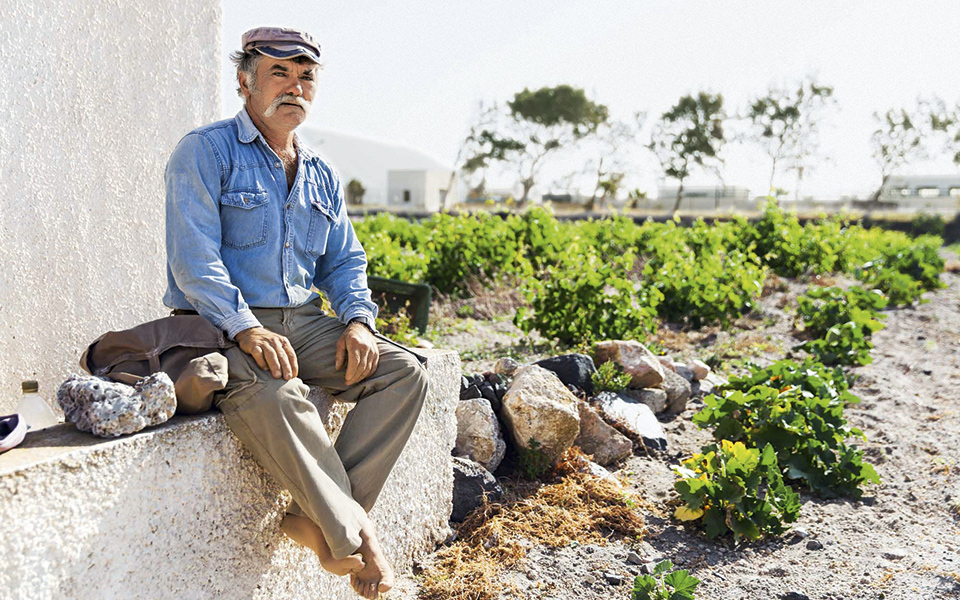
© Dimitris Vlaikos
That eruption is also, of course, what made the island so extraordinarily beautiful. It created the dramatic caldera, the sheer cliffs striped with the lava’s reds and browns and blacks. It painted the island’s beaches with a rainbow of sand: there is a black beach, a white beach and a beach colored blood-red. And it froze the town of Akrotiri, preserving the vibrant frescoes and exquisite figurines now in the Museum of Prehistoric Thera.
This was the missing piece: this beauty didn’t come easy. It took a devastating catastrophe.
Not that it’s all high-stakes drama here. Head beyond the bustle of Fira or Oia, or even visit the island outside of high season, and the peace is palpable. In Imerovigli, the only person I ran into was an elderly woman, picking her way up the path in red shoes and a cane, who said “Kalimera!” to me with a big smile. On Red Beach, I picked my way up the rust-colored lava boulders and was startled to see one other person, a man draped across one of the rocks, eyes closed, relaxing in the sun. On the road that wound up Profitis Ilias mountain, I pulled over to take photographs of the terraced vineyards that spread before me into the sea, dotted with yellow flowers: the only sound I could hear was the breeze.
Later, at the Demilmar beach club and café at Perissa, I tasted the volcano’s minerals in the wine and watched its colors play in the black sand before me. And I thought about how even though most visitors to Santorini see only its beauty, so much of Santorini’s character – even its very beauty – is shaped far below the surface, in a place where volcanoes rumble and eruptions begin.
“The more I saw, the more one thing became clear: Santorini’s beauty was far more than what you saw on the surface.”

